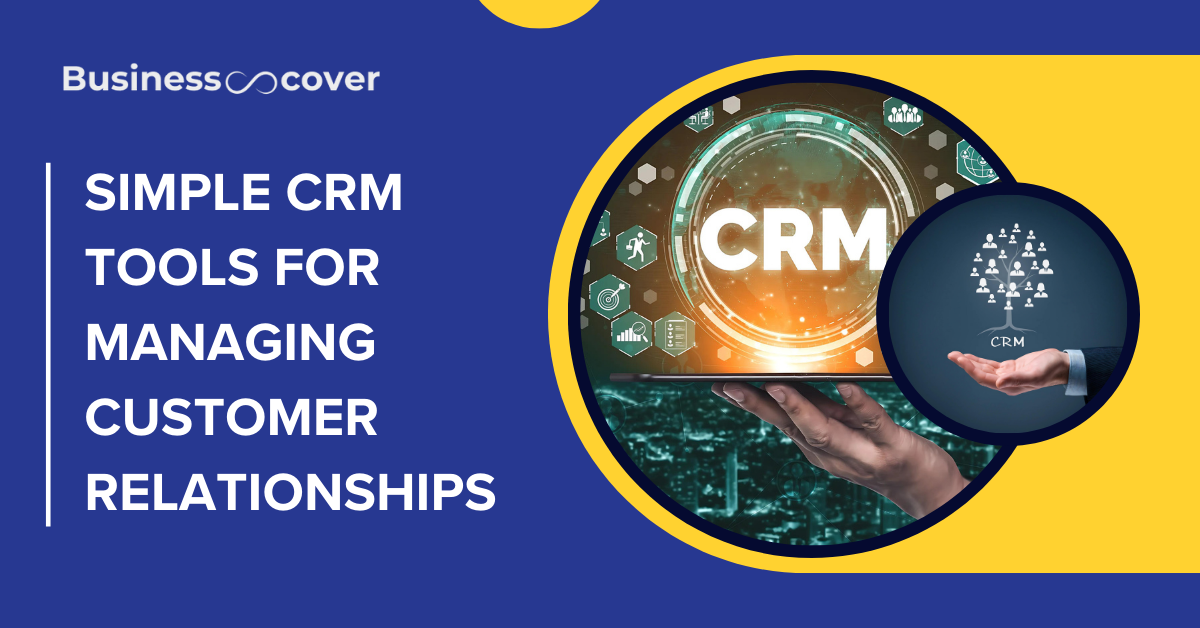Scheduling Tools – Appointments are among the most important organizational factors that determine the speed at which business is done. Calendar management applications have become key tools necessary for enabling organizations to effectively manage their appointments, create better customer experience, and increase organizational efficiency. In the following article, readers will discover how these tools make bookings and appointments easier so business can concentrate on the essentials.
1. Reduction in Backward and Forward Communication

Booking appointments often involves frustrating back-and-forth communication between clients and service providers. This tedious process can be time-consuming for both parties. However, web calendars like Calendly, Acuity Scheduling, and Setmore simplify the experience by allowing clients to view available time slots and book directly. These tools enable organizers to set statuses and ad-hoc availability, eliminating the need for lengthy discussions. This integration streamlines scheduling, enhances efficiency, and makes it much easier for clients to secure their appointments. Overall, it improves the booking experience for everyone involved.
2. Auto-reminders and Auto-Notifications

Appointments that are not honored result in lost sales and time being wasted. Scheduling devices have text/reminder options that alert the clients of their appointments and thus reducing no-show instances. Scholarly research has revealed that such killers as reminders can reduce the no show rates by up to 50 per cent. This feature plays an essential role in making both parties prepare and offering a constant reminder, thus logical flow. Moreover, clients receive reminder messages can be also designed with some additional information as direction and what to bring to, which makes client more prepared.
3. Integration with Calendars

All the scheduling tools connect effortlessly to widely used calendar programs, including Google, Outlook, and Apple Calendar. Such integration helps to avoid the problem of overlapping appointments to ensure that these business organizations’ dates are not booked by any other people. In view of this, any modification that is done on the tool is easily relayed in the calendars as they are synchronized in real-time. It is even more helpful for companies with many employees because it allows managing working schedules and people’s cooperative work.
4. Customization and Branding

Most scheduling solutions also provide the scheduling links for book appoints to match a business’s brand. These personalizations can include the addition of logos, colours and various appointment type, which in turn help make the customer experience feel much better and thus establish the brand too. For instance, a spa or a salon can set up a booking page that represents the aesthetic of their service provider’s company. Availability also can be adjusted to set some booking rules like the number of buffer time before and after bookings or the number of the booking that could be set in a day to ensure that all these business activities are properly managed as well as giving a proper impression.
5. Flexible Payment Options

For every service-oriented business person, the option of payment on booking is a major innovation they do not wish to let go. Such programs like Square Appointments and Acuity Scheduling have the capacity to capture payments at the time of scheduling a meeting hence eliminating cases of failure to honor an earlier set appointment and in doing so they ensure a good cash collection. This feature not only helps to guarantee income before the appointment but also makes the checking out process easy for the business to deliver an excellent service to clients. However, accepting more than one form of payment such as credit cards, PayPal, or buy-now-pay-later products is also satisfactory to more clients making it convenient for them.
Also Read | Easy Appointment Scheduling Tools for Your Business
6. Data Management and Insights

Most of the scheduling tools contain analytics & reporting options that assist business institutions to monitor the appointments/booking patterns, customers’ behaviors and performances. With this data, such businesses are well placed in being able to identify peak booking, frequency of services demanded and tendencies of clients. These parameters can be very useful for decision making processes as well as for adjustments of the timetable and enhancement of the customer satisfaction level. For instance, if a business finds out that it has received many call bookings for a certain service, it will likely assign several personnel to manage the service which in the long run will make the clients happier.
7. Mobile Accessibility

Thanks to the growing popularity of portable electronic devices, such as smartphones, most of the existing scheduling applications also have their own mobile versions, which would be suitable both for businesspeople and their clients. This accessibility enable users to place bookings, cancellations, or appointment rescheduling at their convenient time or as per their need. Sellers can simply move their scheduling around without the need to contact the business and hence, increased flexibility for the clients. Furthermore, the approach of mobile accessibility could also assist businesses to keep their clients informed through push notifications on other services that can book appointments or to take advantage of an offer.
8. Enhanced Client Experience

Scheduling ramps up the whole client experience in a way that makes a lot of sense. Clients enjoy the convenience of booking appointments online, getting notification and without much intervention having their appointments arranged. This convenience could often be a lure for increased organizational preference and repeat patronage by the clients. In addition, well optimized booking systems work as an added advantage to any business since it surely implies professionalism and organizational competence. Happy customers are likely to refer other people to the business helping the business to grow without struggling to attract new customers.
9. Improved Team Collaboration

Concerning companies with many employees, the use of scheduling tools will improve team work by displaying a common agenda view of every employee. Programs such as Thryv and 10to8 enable the staff to schedule their appointments bearing in mind the availability of their colleagues. This functionality is really helpful in case when clients want to see certain employees, for example, in medical practices or salons. Team collaboration tools also help in management of communication and other resources meaning that everybody is informed.
Conclusion
Choosing and using scheduling tools can help organisations to change the way their appointments are scheduled and lead to improved performance and ultimate customer satisfaction. These tools help to save time for focusing on the most significant aspects of developing businesses: helping clients and expanding the company’s activity. Appreciating appointment scheduling software is not any more a luxury; it is a compendium for any business that needs to succeed in a highly competitive environment. From a micro player delivering services to users to an organization or company, mobile scheduling tools offer useful advantages that will help the operations to correspond with clients and attain effective outcomes in the end.







